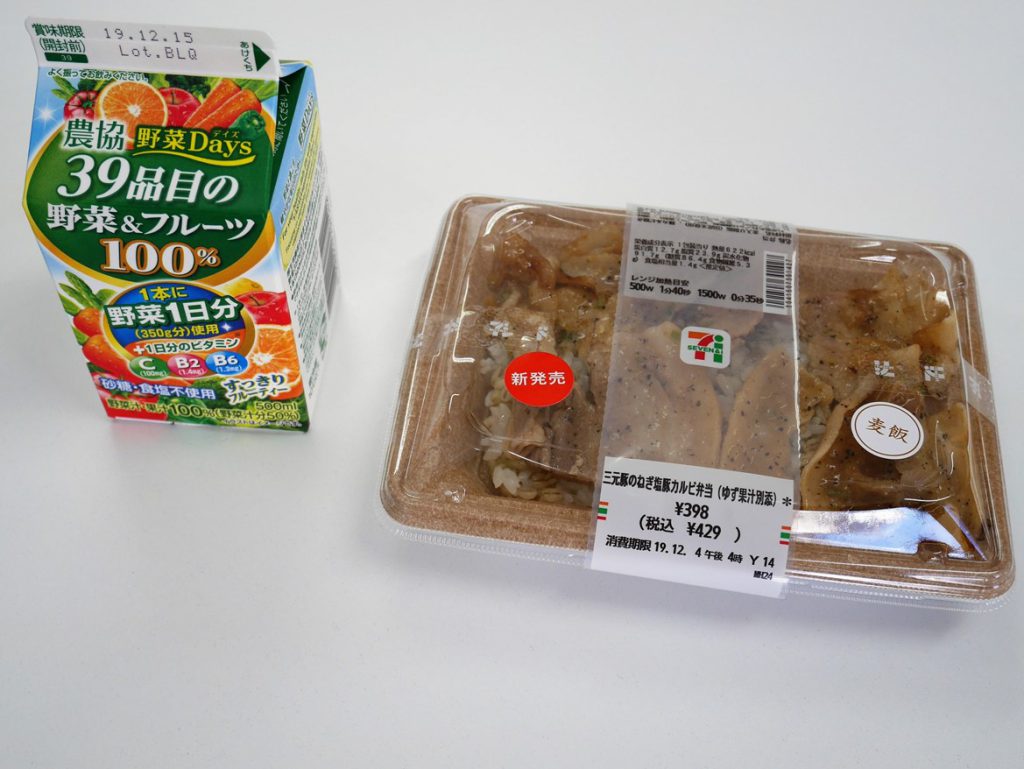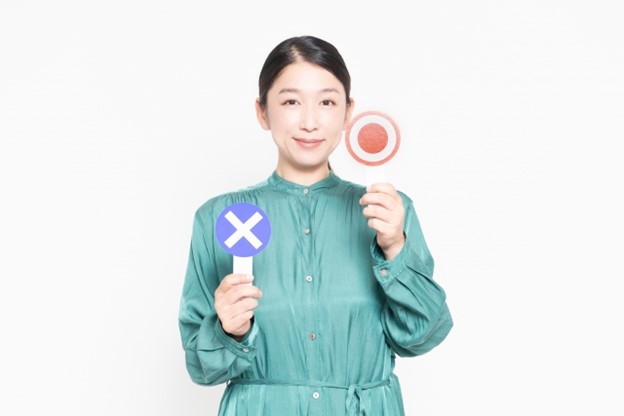One of the more challenging aspects of learning Japanese is dealing with words that have multiple—often opposite—meanings. For beginners, one prominent example of this phenomenon is the word daijobu. Essentially, this word represents the concept of being “OK” or “all right.” For example, if you trip and fall in public, a passerby may ask, “daijobu desu ka.” (Are you OK?) And, if you happened to be fine, you could respond with a quick “daijobu desu.” (I’m OK.) However, when responding with daijobu in different contexts, without the correct modifiers or intonation, your answer could have an ambiguous meaning. This ambiguity can lead to everything from confusion to frustration throughout your daily routine in Japan. You may even end up receiving or purchasing things that you never intended to obtain. In this article, I’ll explain the ambiguity of the word daijobu and provide simple, effective solutions to work around it for a stress-free experience in Japan.
Scenes that Showcase the Ambiguity of Daijobu

Shopping and ordering food at restaurants are two common situations that often reveal the ambiguity of daijobu. For the sake of simplicity, let’s explore the use of daijobu in a situation that almost all Japan residents and visitors experience: buying a bento (ready-made) lunch at a convenience store.
Let’s say you’d like to purchase a konbini bento and a small carton of juice. As you approach the register, savory 7-Eleven yakiniku bento in-hand, you’ll likely face a wall of questions before you even get the chance to fork over your hard-earned yen:
- “Would you like (disposable) chopsticks?”
- “How about a straw?”
- “Would you like me to heat up your meal?”
- “Do you need a bag?”
If you actually need all of the above, answering each question with a quick hai (yes) or onegaishimasu (please) will easily suffice. Then, you’re only a microwave chime away from successfully obtaining your meal and all the accessories that accompany it, with no one the wiser of your actual Japanese ability.
However, what happens if you plan on eating your meal at home and therefore don’t need any utensils? What if you have your own reusable shopping bag? Simply responding to the aforementioned questions with iie (no) can come off as a bit harsh. Remember that direct refusals and responding frankly with the word “no” is something to be avoided in Japanese culture.

If you observe native speakers at the konbini checkout counter, you’ll often hear them refuse by saying “daijobu,” which, in this context means, “I’m OK as is.” This is natural and polite enough, but without native-level intonation, responding with daijobu can also mean, “Yes, I’m OK with receiving the things/services you are offering.”
This is the ambiguity trap that has captured countless non-native speakers (myself included). This is especially daunting for beginner Japanese learners who are juggling multiple linguistic tasks, including listening, interpreting, and recall, just to come up with an appropriate response in a potentially high-pressure social situation (i.e., the hurried salaryman anxiously brooding in line behind you). At times like this, conjuring up pitch-perfect intonation would likely be the last thing on your mind.
A Solution with More Clarity

According to my conversations with native speakers, the proper solution to the ambiguity of daijobu is likely a matter of perfecting your pitch accent. However, if you need a more immediate and practical way to refuse something offered to you, try switching to a more concise, albeit less natural response: “iie, kekko desu.”
This expression, in this context, clearly means, “No, thank you.” Admittedly, with alternate meanings including “rather” and “splendid,” just to name a few, the word kekko can be nearly as ambiguous as daijobu. However, in a retail or restaurant context, kekko is crystal clear, and the clerk on the other side of the counter will unambiguously understand your intent.
Now, before the language police come after me in hot pursuit, I should mention that, just like some of my previous beginner-level advice, using kekko can be considered overly polite and unnatural for daily shopping and dining experiences. This isn’t necessarily a bad thing, though. Using kekko may score you some compliments on your politeness, lead to small talk about how long you’ve been studying Japanese, and earn you a neighborhood acquaintance in the process.
Regardless of whether you adopt the kekko crutch or soldier on by perfecting your pitch accent with daijobu, there are additional ways to make your intentions clear. Gestures can work wonders when using either word, and shaking your head or making a “stop” motion with the palm of your hand will make your refusal clear.

Communicate with Confidence
The next time you anticipate trouble making a clear-yet-polite refusal, try out the tips in this article. Depending on the context, you might not sound exactly like a native speaker, but you’ll still make a great impression and avoid embarrassment. Plus, you’ll finally be able to put an end to your ever-growing collection of unwanted disposable chopsticks and plastic straws.





